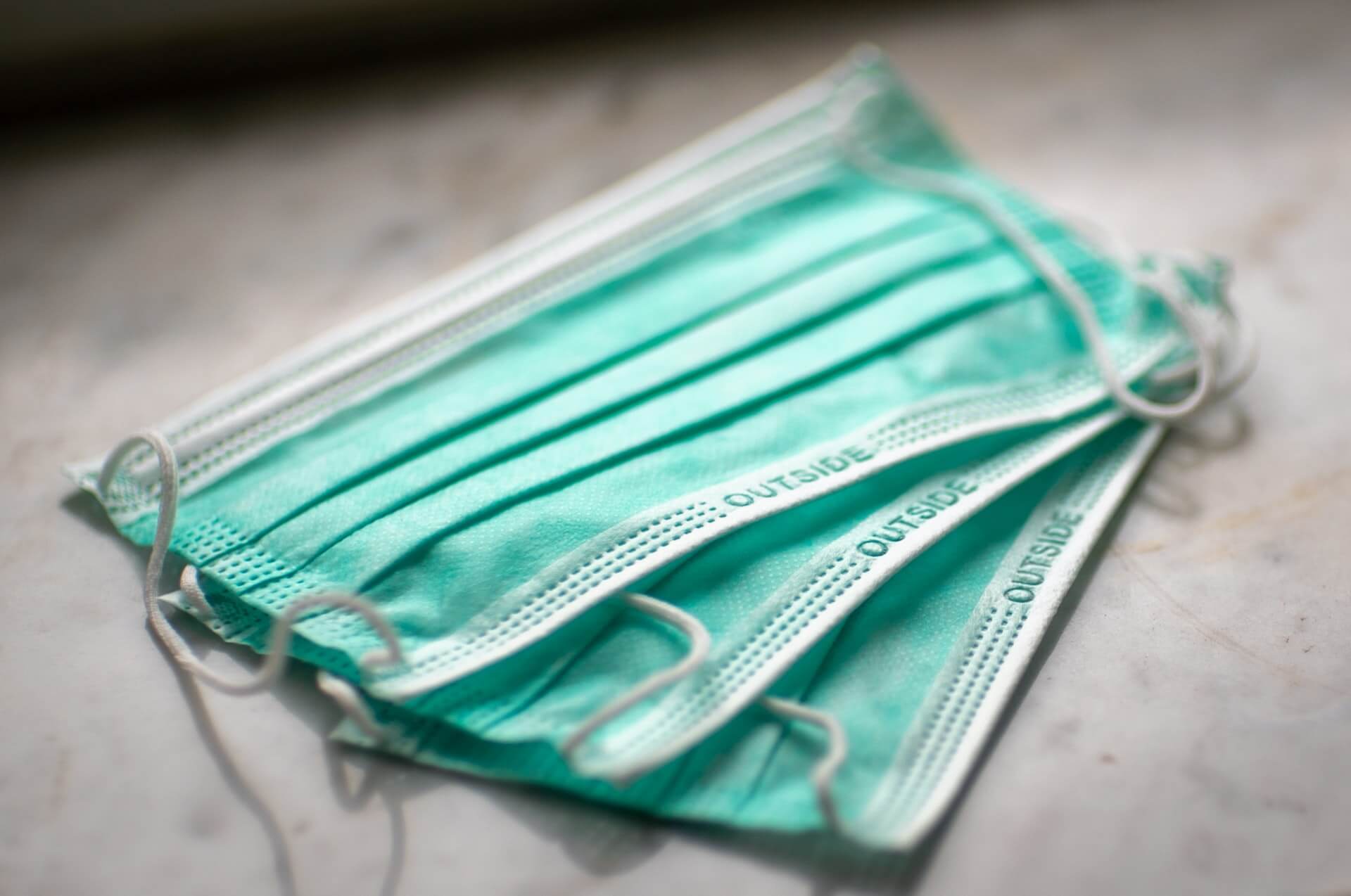Over the past 6 months there have been *lots* of guidelines for how best to pursue in-person music instruction. Because of the high stakes, many schools are taking a “do it all” approach.
This includes appropriate spacing, letting rooms “air out” at regular intervals, opening doors/windows to allow more air flow, condensation rags, bell covers, and playing masks.
While any measures to return to “normalcy” are worth it, playing masks present special challenges.
The Challenges of Playing Masks
The playing mask is basically a mask with an opening consisting of overlapping pieces of cloth right above the embouchure.
These masks are not made for regular, day-to-day wear (since the slit would allow passage for aerosols). Instead, these designed to be worn while playing a wind instrument to keep excess aerosols from “leaking” around the sides of the embouchure.
For players, the playing masks are often uncomfortable and require special care when preparing to play. Getting some mask caught in the embouchure or having a mask rub against the face while playing can be uncomfortable.
For teachers, playing masks hide almost all of the student’s embouchure set-up, making diagnosing these issues more challenging.
A trombone player has come up with an ingenious (but untested) solution that may provide relief to teachers and players.
(Potential) Playing Mask Alternative
The Brass Shield is an untested prototype developed by trombonist Jeremy Smith.
Full disclosure: Jeremy and I perform together in the Huntington Symphony Orchestra. He didn’t ask me to write this review, though, and the thoughts expressed here are all my own.
The idea is basically a “face shield for your mouthpiece”. Instead of the player wearing a playing mask, you put the Brass Shield around your mouthpiece shank.
Although the prototype is on the small side (see Jeremy’s pictures here), this does seem like it could have some potential. I doubt it would be as good at preventing the spread of aerosols as a playing mask, but it may have a place for pedagogy.
Note: I am not an expert on aerosols.
I think that with adequate space in a small group (1-on-1 lessons or a chamber ensemble), these would be an excellent compromise between a playing mask and playing “uncovered”. In a large ensemble, though, you’d probably still want everyone masked to keep aerosols to the minimum possible.
I don’t know what Jeremy’s plans are for the Brass Shield. However, I hope it can be tested to see how it compares to playing with a standard playing mask.
There’s a good chance that we may be using some of these measures for a while, as music education and performances slowly return to pre-pandemic levels. Anything that can make this period of music education more beneficial for students should be pursued.


Leave a Reply
You must be logged in to post a comment.